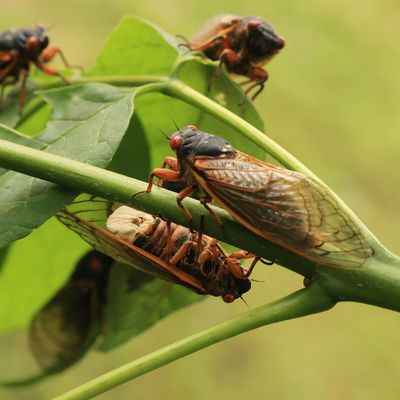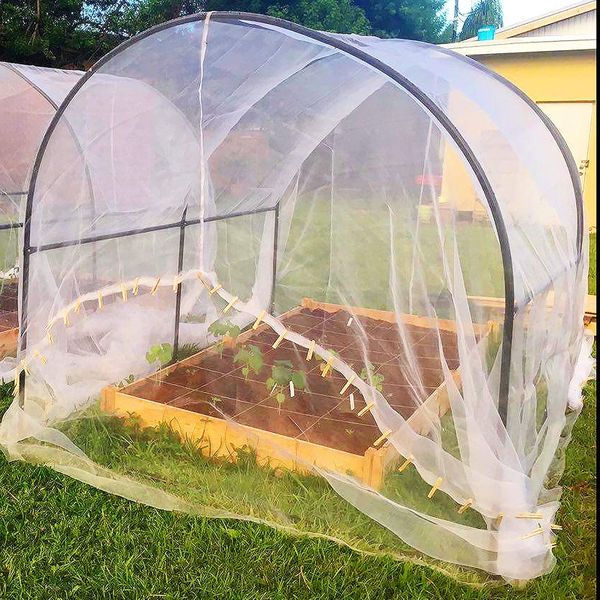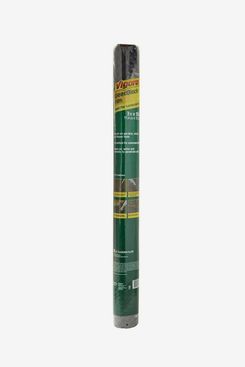
It’s officially cicada season. These noisy bugs pop up every summer, but this year, there’ll be a lot more of them than usual with the arrival of Brood X — the group that emerges from hibernation every 17 years and has the largest number of cicadas and the widest geographical range. While the five boroughs will be spared from Brood X cicadas, they’re expected to arrive in parts of New Jersey and eastern Long Island — along with states as far west as Illinois and as far south as Tennessee — and stick around through mid-July. Fortunately, cicadas are harmless to humans and pets, causing mostly just a nuisance with their shrill mating calls. Where they can potentially lead to problems, though, is your trees.
Adult cicadas don’t eat much, so you don’t have to worry about them going after your vegetables and flowers, but they can damage trees by cutting branches and twigs to lay their eggs inside. Don Gabel, director of plant health at New York Botanical Garden, explains that the female cicada has “a saw-like device on her rear end” that she uses to slit open thin branches to create openings for eggs. Ultimately, these branches fall to the ground where the eggs can hatch. “Then the hatching eggs will then burrow into the ground and start all over again,” says Gabel.
For mature trees with lots of branches to spare, this isn’t a big deal and likely won’t cause any noticeable problems. The main concern is for very young trees with slender branches. Because these new trees don’t have an abundance of branches, even losing a few can be detrimental to their health and leave them looking scrawny and ragged looking. Gabel says this mostly affects deciduous trees like maple, elm, and oak. And although smaller broods of cicadas that arrive other years do cause damage, it’s minimal next to Brood X. “Minor damage can be amplified when you have literally tens of thousands of them,” he says. Here are the best tools to protect your trees during this year’s cicada invasion, along with a suggestion for how to help in the recovery of any that you didn’t get to in time.
Insecticides are not recommended for keeping cicadas away because they’re toxic to other plants and animals and, since cicadas aren’t eating from the trees, won’t be that effective. Instead, experts recommend physically protecting your newly planted trees with a barrier made from netting. Make sure you choose something with holes that are small enough to keep cicadas out but not so opaque that light, air, and water can’t get in.
Chrissy Merola, manager of Kings County Nurseries, recommends landscaping fabric. “It is a light mesh that they won’t be able to chew through,” she says. “It allows the tree to breathe, and it also won’t do any damage to the tree.”
If you aren’t able to protect a young tree this cicada season, Gabel says adding fertilizer to the soil in the fall will aid in the tree’s recovery and improve your odds of a better growing season next year. Also make sure your tree is getting plenty of water so it can best absorb nutrients from the soil. When we spoke to gardening experts about their favorite fertilizers, many recommended a formula like Dyna-Gro, which has a balanced amount of the main nutrients plants need — nitrogen, phosphorus, and potassium — and a relatively low concentration of each to protect against overfertilizing.
The Strategist is designed to surface the most useful, expert recommendations for things to buy across the vast e-commerce landscape. Some of our latest conquests include the best acne treatments, rolling luggage, pillows for side sleepers, natural anxiety remedies, and bath towels. We update links when possible, but note that deals can expire and all prices are subject to change.







